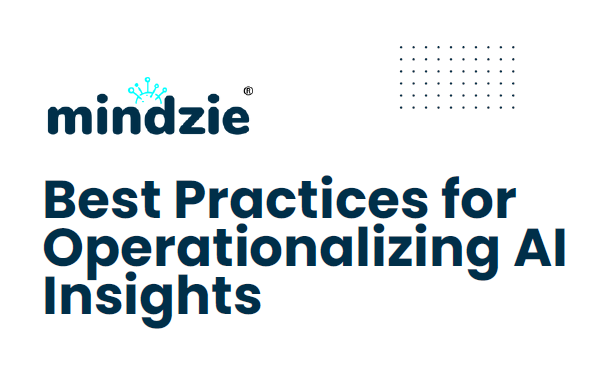Discharge Planning
In today’s strained healthcare economy, where operational efficiency is inseparable from financial health and patient outcomes, many hospital executives face a daunting question: how can we increase patient throughput without compromising care? For a growing number of systems,the answer is coming from an unexpected ally—artificial intelligence.
At the center of this transformation is patient capacity optimization software—AI-driven systems that forecast patient flow, prioritize discharges, and dynamically coordinate resources. But as early adopters have learned, success doesn’t come from the technology alone. It comes from how you operationalize it.
The Cost of Delay
Discharge delays are not just operational nuisances—they’re financial and strategic liabilities. When a discharge stalls, the ripple effects are immediate: emergency departments back up, elective surgeries are postponed, and inpatient beds are tied up by patients who no longer require acute care. This inefficiency drives up length of stay, inflates labor costs, and diminishes revenue opportunities. For a 300-bed hospital, these delays can cost millions annually in lost throughput.
Studies show that each day of avoidable hospitalization costs between $500 and $700 per patient. But the true cost extends further: ER boarding risks regulatory penalties, canceled surgeries erode reputation, and extended LOS undermines performance in value-based payment models.
AI-powered capacity optimization systems address this head-on. With predictive discharge analytics and automated alerts, they empower hospitals to act early, smooth patient transitions, and reduce bed idle time.
But the gains aren’t automatic. Success comes when hospitals turn predictions into action—building workflows that respond to AI insights in real time. Hospitals that do so report up to 20% faster discharge times, stronger throughput, and measurable financial returns.
In today’s environment of high patient demand and tight margins, discharge efficiency isn’t just operational. It’s mission-critical.
Operational Best Practices
Operationalize Around the Platform—Don’t Treat It asan Add-On
Too often, AI platforms are launched with enthusiasm but siloed from clinical workflow. The most successful hospitals integrate the tool directly into daily operations. That means making predictive discharge alerts a standard input into bed management, nursing handoffs, case management rounds, and transport coordination.
Make it routine: Charge nurses should review live discharge forecasts during shift huddles. Case managers should prioritize patients based on AI-readiness scores. Bed control should align availability estimates with predicted discharge times.
Executive Priority: Mandate cross-functional usage of the platform during every shift. Daily adoption drives daily impact.
“When teams are informed by real-time data, communicate consistently, and adjust their efforts in response to predictive insights, hospitals see improvements inlength of stay, resource efficiency, and overall patient satisfaction.“
Download our white paper to continue reading…





